 Vensa Infrastructure wins ₹412.58 crore civil contract for Hisar Airport
Vensa Infrastructure wins ₹412.58 crore civil contract for Hisar Airport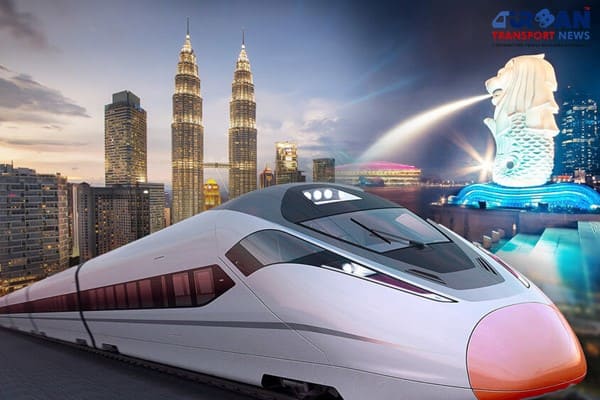 Kuala Lumpur-Singapore high-speed rail project cost could be slashed to RM70 Billion
Kuala Lumpur-Singapore high-speed rail project cost could be slashed to RM70 Billion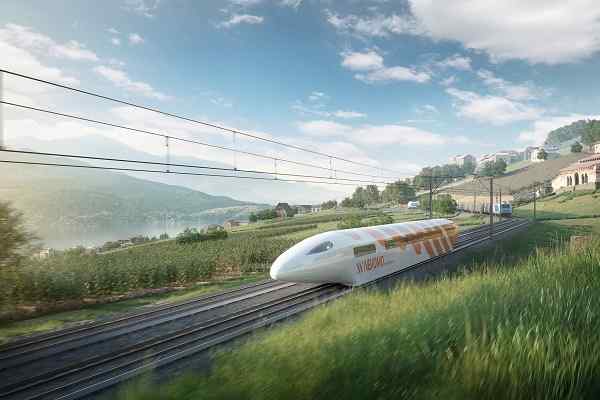 Nevomo's MagRail Technology Selected for Hyperloop Freight Demonstrator
Nevomo's MagRail Technology Selected for Hyperloop Freight Demonstrator Russia signs deal to procure bullet trains for Moscow - St. Petersburg high-speed line
Russia signs deal to procure bullet trains for Moscow - St. Petersburg high-speed line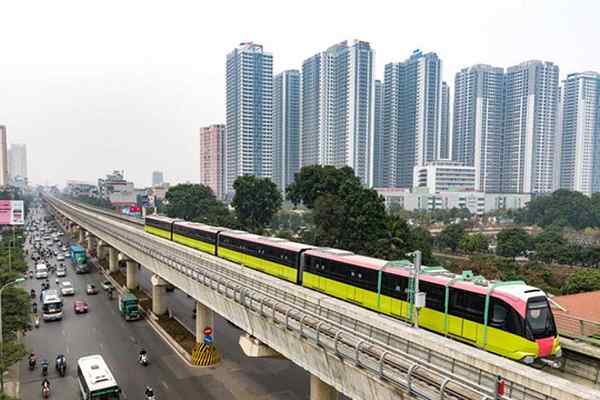 Vietnam plans new metro rail lines to replace its BRT systems in Hanoi
Vietnam plans new metro rail lines to replace its BRT systems in Hanoi 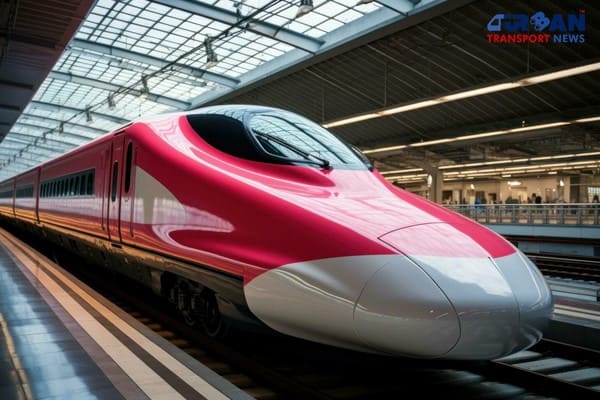 Revolutionizing Indian Railways: The Rise of Indigenous High Speed Bullet Trains
Revolutionizing Indian Railways: The Rise of Indigenous High Speed Bullet Trains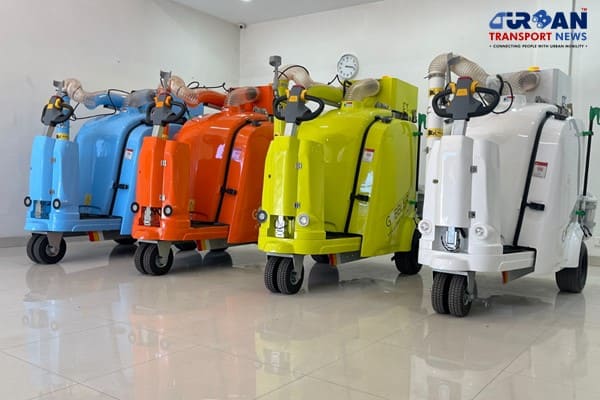 Ayodhya deployed Gobbler Litter Buster to keep the City clean
Ayodhya deployed Gobbler Litter Buster to keep the City clean BMW's Emissions Investigation: What Does It Mean for Drivers?
BMW's Emissions Investigation: What Does It Mean for Drivers?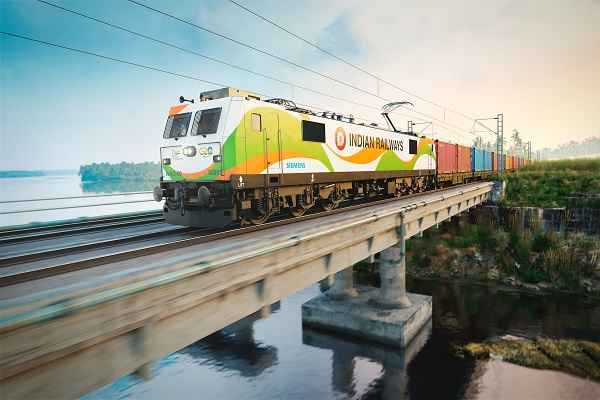 171 Years of Indian Railways: A History of Innovation and Progress
171 Years of Indian Railways: A History of Innovation and Progress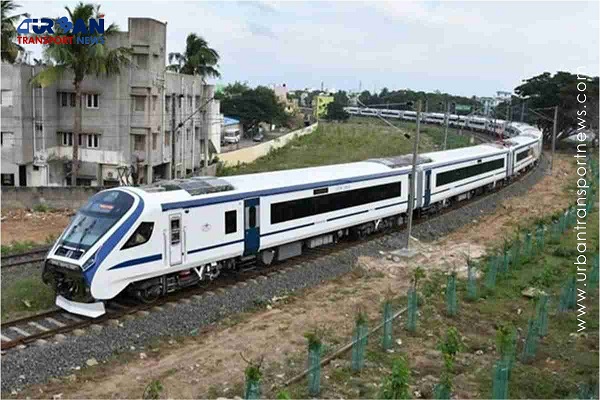 Vande Bharat Express trains carries over two crore passengers since their inception
Vande Bharat Express trains carries over two crore passengers since their inception
India's First Bullet Train Project will be completed in 27 tender packages
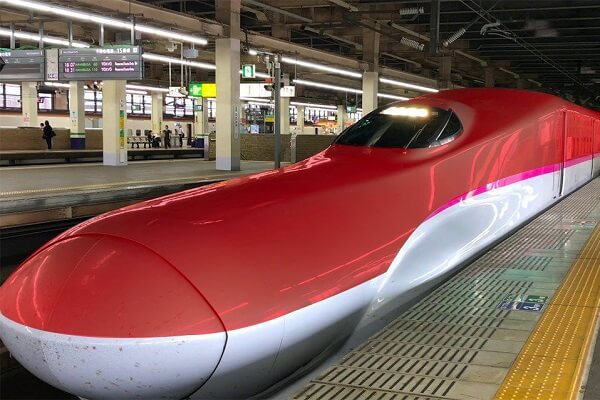
In any infrastructure development project, be it the expansion of rail or air connectivity network or building of dams, hurdles are bound to crop up. For instance, herding all stakeholders to the negotiating table. The main irritants, in most of the cases, are land acquisition and negotiations with multiple agencies with varied interests. But the bullet train project is hop-step-and-jumping over stumbling blocks to change the way people in India would travel at high speed and low cost shortly. When the Mumbai-Ahmedabad High Speed Rail (bullet train) project hits the green button, there won’t be any stopping, feels Achal Khare, Managing Director, National High Speed Rail Corporation Ltd (NHSRCL).
Construction Technology
Could you tell us about the new rail and construction technologies being introduced with the Mumbai-Ahmedabad high-speed rail corridor?
Mr. Achal Khare: The entire High-Speed Rail (HSR) technology is new. The first element is the civil engineering of the project. We have over 460-km alignment on the viaduct. The other area is electrification. Since HSR requires a larger amount of current to run, the entire overhead electrification system is 225 KV. The third interesting aspect is that the tensioning force is 5 tonnes. Another technical difference is that the track does not have line-side signalling but gap signalling based on the audio frequency track circuit system. Coming to rolling stock, that again is different for reasons of aerodynamics, noise reduction and arrangements for prevention of lurching and vibration. Another differentiator is that the entire coach is air sealed to maintain stable air pressure so that passengers don’t feel any discomfort due to the high-speed of the train, particularly when it enters tunnels. Even the track type is going to be different. The rail track on the entire Indian Railways network is ballasted but the track of the high-speed rail project is going to be ballast-less.
Rolling Stock Technology
Although you are adopting the Shinkansen bullet train technology in its entirety, would any of its aspects be adapted to Indian conditions?
Mr. Khare: The Shinkansen technology is being adopted lock, stock, and barrel. But, as you rightly pointed out, the general climatic conditions are different in India as our temperatures are higher and the presence of dust. Necessary changes are being made in areas of the train that use oil and lubes. As Japan doesn’t have much dust, the Japanese don’t use filters. However, filters will be used in the Indian rolling stock so that dust doesn’t contaminate oil or other things. Certain changes are also being carried out on in the communication equipment due to higher temperatures here. I guess these amendments would surely give a push to the development of localisation of high-speed rail technologies! The development of local HSR technology is dependent on two things. Firstly, the present and the future scope. Then there should always be a research & development effort. Moreover, for the R&D efforts to get commercial tag there should be a proper scope of work. When these two things come together then only you can do indigenization of technology. Right now, we have only ordered 24 train sets. However, six trainsets will be manufactured here. But up to what extent will depend on how much technology the Indian partners can absorb and how many facilities they can create.
Tendering
As a special purpose vehicle (SPV), how are you proceeding with the awarding of tenders?
Mr. Khare: We have a total of 27 packages, where two packages are for supervision. If you take out supervision, we have 25 packages. Out of this, we have already done two for the training institute and one more is being finalised. This leaves us with 23 packages for the main project, where one is again for supervision. Among 22 packages, we have already invited our biggest tender for C4, which is a 234-km viaduct plus four stations, starting from Vapi up to Vadodara, which is about 237-km. We have also invited tenders for a smaller viaduct from Vadodara to Ahmedabad. The tender for the undersea tunnel and two bridges have been invited. The tenders will be opened in November or December.
Traning of Personnel
How many people would be trained at the training institute by the time the maiden bullet train corridor is completed?
Mr. Khare: It will be in two phases. The sample slab track is already completed in Vadodara for training. The training of NHSRCL people for operations & maintenance is going to be very elaborate. It will involve the preparation of all training modules and a joint Indo-Japanese team is already working on it. Plus, 360 people will be recruited in various categories and sent to Japan for three to nine months’ training. Out of these 360, some 85 people will receive on-the-job training in Japan. Based on the feedback received from our Japanese counterpart, we will select the best of the lot to be utilised as trainers in Vadodara that are supported by Japanese experts.
We are targeting a total of 3,100 people to be put in place for operations & maintenance. They will all have to be trained in a period of two to three years at Vadodara before the commencement of operations. This is an important area and, fortunately, we are being very ably guided by our Japanese partners who have made this schedule for us. Currently, we are also in the process of creating an organisation of middle-level managers to write down all the operating manuals since the original manuals are in Japanese. A dedicated team of 13 professionals should be in place by December this year. They will first be sent to Japan for about three months’ training. Based on the operating manual, we will also be creating the training material.
Land Aquisition
In July this year, the Parliament was informed that Indian Railways had acquired nearly 40 percent of the land for the project. Will you still be able to meet the advanced deadline for launching the first service by 2022?
Mr. Khare: Allow me to clarify that the date of 2022 is not for the full project. Since it also happens to be the 75th year of our Independence, the Prime Minister had asked if a stretch be done as a gift to the nation. So, we are trying to finish a 50-60 km section, although it’s a very ambitious target. As for acquiring land for the project, we have completed nearly 50 percent of the task. But that varies from district to district. In certain districts such as Vadodara and Ahmedabad, the percentage is quite high, while in others it is lower.
I am sure land acquisition is a huge challenge?
Mr. Khare: In any linear project, land acquisition is a much bigger challenge. We require around 1,400 hectares of land and the difficulty level is owing to the number of people that one has to interact with, compensate and rehabilitate. We are doing land acquisition in 297 villages and the problem is that we are interacting with around 7,500 plot holders!
Relocation of Utilities
Something that hasn’t appeared on any media platform is the project involving the relocation of a lot of utilities. Tell us something about that.
Mr. Khare: To be precise, there are 1,633 overhead utilities on that stretch. So, you have low, high and extra-high tension wires. Relocating them is an onerous task in itself. Then you have to deal with different agencies. In Gujarat, you have Gujarat Energy Transmission Corporation (GETCO), while in Maharashtra you have Mahatransco. Then there are powerlines of Power Grid Corporation of India Ltd (PGCIL), Torrent, Tata Power and Essar, with each one of them having its own set of rules and procedures. Huge coordination is required. Then there are underground utilities that are not visible and pose a much bigger challenge. A young girl at IIT Gandhinagar has developed equipment to help us to identify underground utilities. It is an equipment that can detect metal parts up to three metres below the ground.
Although it has its limitations, we have been using it to the maximum extent possible. Plus, we are in touch with all service providers such as Bharat Sanchar Nigam Ltd (BSNL), Mahanagar Telephone Nigam Ltd (MTNL), municipalities and gas utilities. The last is the most critical underground utility since one can’t touch it unsupervised. In Gujarat, we have found small gas pipelines everywhere. Similarly, ONGC has a big presence in the state. The company has expressed its inability to shift the bigger pipelines. We are trying to jump over these utilities through design changes in construction. Still, there are cases where we will have to do some shifting. A significant number of airline and road passengers between Mumbai and Ahmedabad would be shifting to bullet train services once the corridor becomes operational.
Fare of Bullet Train
What makes you so confident since the average one-way fare is projected to be in the region of Rs 3,000?
Mr. Khare: Firstly, there aren’t a large number of flights between Mumbai and Ahmedabad. As for the Rs 3,000 fare, it is already lower than the average airline fare of Rs 4,000 for the sector. Secondly, the most important issue is the availability and reliability. As a passenger, you would want to catch your train within a few minutes of reaching the boarding point. Now that surety is not there with an airline as it operates at fixed timings. But the Mumbai-Ahmedabad section will have a bullet service every 30 minutes even during non-peak hours. We assess that the major shift in passengers will be contributed by the roads sector. The one-way fare on Mumbai-Ahmedabad service is around Rs 1,000 and the journey time is 8-10 hours. So, there is a cost to your time as well since you will be completing the same journey in two hours by the bullet train.
Station Development
What about the suggestion regarding the development of stations into self-sustaining smart cities that are epicentres of commercial, educational and recreational activity?
Mr. Khare: The entire viability depends on that and it must be done. A bullet train station should not work as a station but as a destination. And when I say destination, I mean that you have everything that you require within 5-10 minutes walking distance. This comes under the ambit of station area development and NHRSCL or state governments wouldn’t be able to do it on their own as it requires a lot of policy intervention by the Central Government. The government has taken the first step and formed a station area development committee under the supervision of the Ministry of Housing and Urban Affairs (MoHUA). MoHUA has involved the municipal corporations of Gujarat and, Maharashtra, the Indian Railways and us in the exercise and together we will decide on the cities to be first taken up for model development.




